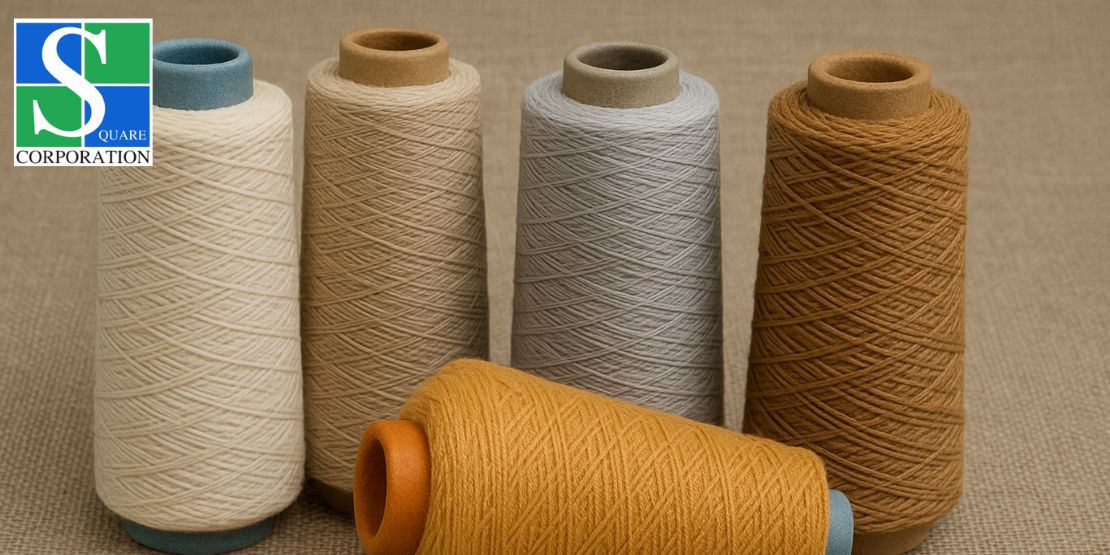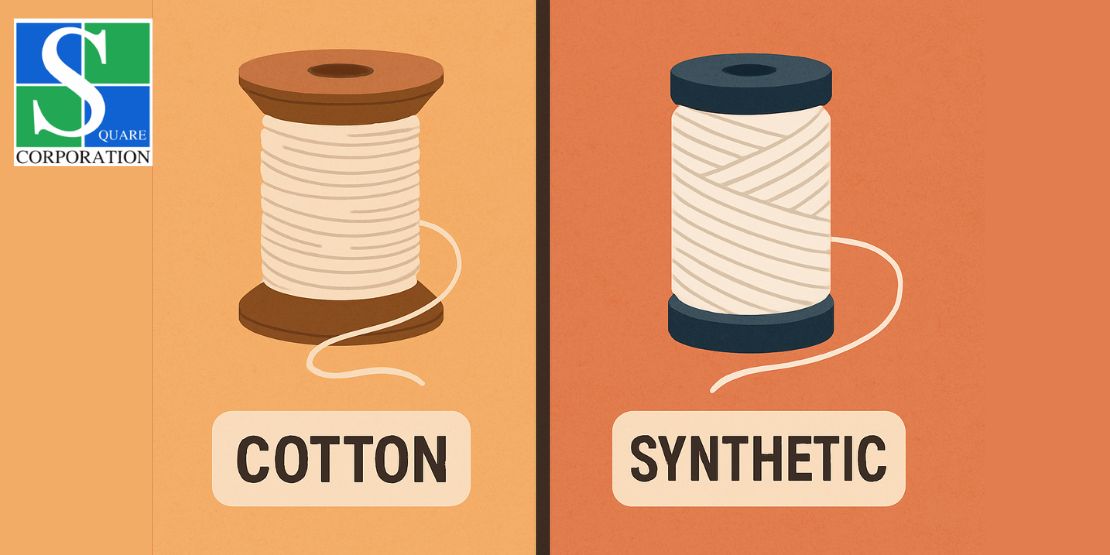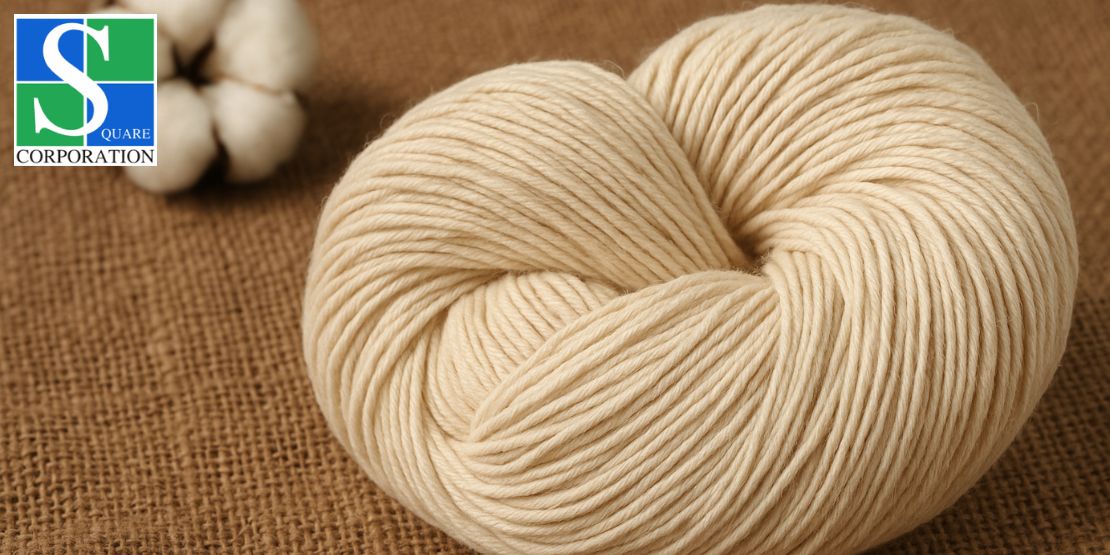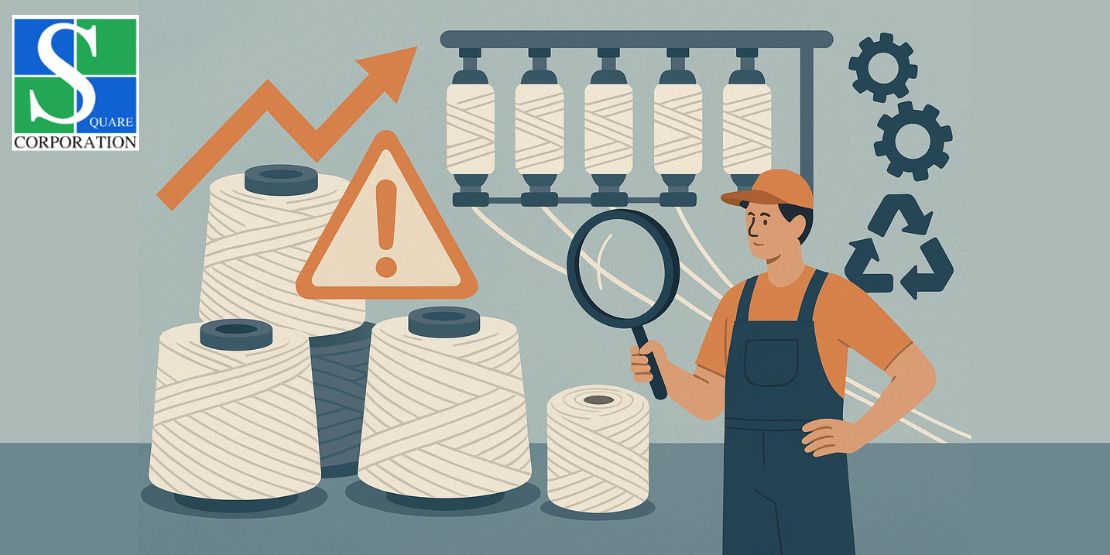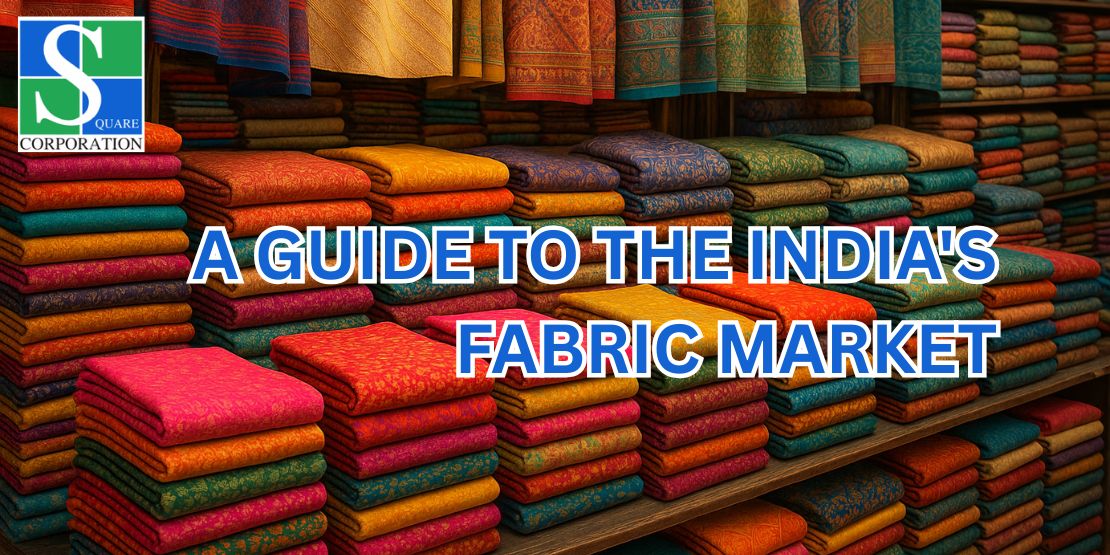20 June, 2025 | by Admin
An Invaluable Guide on the Types of Conventional Threads
15 June, 2025 | by Admin
Threads or yarns are the basic components which a fabric consists of. The yarn manufacturers group and twist several strands of fibres together to make a perpetual length of interlocked fibres. The process that helps in this twisting or grouping of the fibres is known as spinning. The fibres that create the yarn can be synthetic, natural, a blend, or even a combination of both.
Among them, cotton is the most commonly used natural fibre. Some other natural fibres are linen, bamboo, jute, wool, silk, and angora. Among all the synthetic fibres, polyester is the most widely used one. The manufacturers knit or weave the yarns together to make the fabric. Yarns hold great importance in knotting, crocheting, embroidery, and rope-making.
Some fabrics, such as chiffon, can incorporate multiple types of yarns, including polyester chiffon and silk chiffon. Below are some common examples of conventional yarns used in the textile industry. Contact a reputable recycled yarn manufacturer to purchase premium-quality yarns at exciting offers.
The Common Types of Conventional Yarn
There are several categories of yarns based on fibre type, stretch, numbers of fibres, fibre production process, and other factors. Below, we are going to jot down the most common categories of conventional yarns used in the textile sector.
Carded Yarn
The first significant example of conventional yarn is carded yarn. Carding is a process that aligns fibres and removes impurities to form carded yarns. Carded yarns have a rustic appearance and offer extraordinary softness and insulation. Carded yarns are ideal for making cosy blankets, sweaters, and other warm garments.
Combed Yarn
The next prominent category of conventional yarn is combed yarn. Combed yarn undergoes a procedure called combing. In this process, manufacturers meticulously align the fibres to form a finer and smoother yarn. Combed yarn is famous for its smoothness, uniformity, and strength. This makes them a suitable choice for high-quality fabrics, such as luxury textiles and fine clothing.
PC Yarn
PC yarn, also known as polyester-cotton yarn, is a prevalent category of yarn used in textile mills in Gujarat. PC yarn is a blend of cotton and polyester fibres, making it a versatile textile material. PC yarn is a prevalent blend that offers a combination of comfort and durability. Though the blend of PC yarn may vary, the common ratios involve 65% polyester and 35% cotton. This yarn is renowned for its reduced wrinkling, enhanced durability, cost-effectiveness, and moisture-wicking properties.
Organic Yarns
Do you know what organic yarns are? Organic yarns are high-quality products made from organic cotton. Organic cotton is a natural product and thus has no connection with agricultural procedures. Yarn manufacturers inspect these yarns at every stage of the manufacturing process. From the land activities until the end product reaches the customers, these yarns go through rigorous inspection procedures.
Double Yarn
Also known as two-ply yarn, double yarn is a product created by twirling two single yarns together. This procedure strengthens the yarn and can also impact its appearance and texture. A prevalent example of double yarn is DK yarn, also known as double-knitting yarn. DK yarn is a famous medium-weight yarn used in crochet and knitting. Double yarn is renowned for its exceptional texture, strength, appearance, and versatile applications.
The Bottom Lines
So these are some widespread examples of conventional yarn. Contact one of the best recycled yarn manufacturers, Square Corporation, to access a vast range of traditional yarns, including BCI yarns, linen, combed, double, and organic cotton yarns. Get in touch with us to know more about our products.
Related Posts
15 June, 2025 | by Admin
An Invaluable Guide on the Types of Conventional Threads...
10 June, 2025 | by Admin

